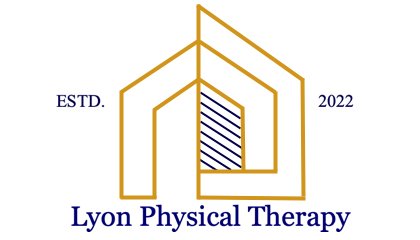Why do falls matter for our community dwelling older adults?
After working with patients throughout the lifespan for two years now, I can confidently say that the majority of our older adults are incredibly fearful of falling, because they’re incredibly fearful of ending up in a nursing home for one thing are another and are scared of losing their home and not coming back to it. I’ve had many older men and women show up to my office with a shiner on their eye, shoulder, knee, or forehead and brush it off, embarrassed, saying, “oh, no, I just slipped. Nothing to worry about. I didn’t break anything.”
The statistics are mind boggling. If you don’t like research, skip this section, but I’m just going to lay out the facts on falls.
In 2015, the estimated medical costs attributable to both fatal and nonfatal falls was approximately $50.0 billion. For nonfatal falls, Medicare paid approximately $28.9 billion, Medicaid $8.7 billion and private and other payers $12.0 billion. Overall medical spending for fatal falls was estimated to be $754 million
30% of older adults aged 65 and older fall each year 1, 2, and these falls often result in serious injuries, decreased mobility, and loss of independence
Only one-third of those who fall seek medical care
A quarter of older adults reported falling in the past year. Of those who fell, over half (52.1%) fell once, 21.3% fell twice and 24.1% fell three or more times.
Falls can be prevented by screening to detect risk factors and by the prescription of tailored interventions, a process within the scope of physical therapist practice.
There are many tests and screening tools physical therapists use to identify if somebody might be at risk for falling. We have a massive toolbox for identification of this risk. Here are just a few:
Self-paced gait speed (10 meter walk test)a
Individuals who do not fall have an average speed of 1.2 (0.1) m/s
Individuals who do fall have an average speed of 0.47 (0.2) m/s
Timed-Up and Go Test (TUG) and TUG Cognitive
Individuals who fall score on average over 13.5 seconds
Addition of a secondary task increased the time taken to complete the TUG by 22% to 25%.
Activities Specific Balance Scale (ABC Scale)
Individuals who do not fall score on average a 93.2 (7)
Individuals who do fall score on average a 53.0 (17)
So, here’s what all that garble means.
It means that Mom needs to see somebody after she falls the first time.
It means that Dad needs to get checked by his doctor even if he says he feels fine.
Falls are not a “normal” thing. They are either a symptom of an underlying condition (like a heart condition or blood pressure disturbance) or due to weakness or poor balance.
What’s the bottom line on falls?
The first step to preventing falls is recognizing that a person is at risk for falls.
By preventing them, headache, heartache, financial burden, and pain can all be avoided
If you’re unsure, give me a call and we can talk about your concerns.
Happy Sunday Morning to All!
Andrea
